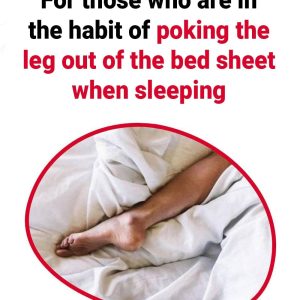
Identifying Authentic Honey
Flame Test: Pure honey has the surprising ability to catch fire. Dip a matchstick in honey and strike it. If it lights easily and burns, the honey is pure. Fake honey, often diluted with moisture, will prevent the match from igniting.
Vinegar Test: Combine honey, water, and a few drops of vinegar. If the mixture foams, it suggests the presence of impurities.
Paper Test: Drop honey on blotting paper or a paper towel. Pure honey should not leave a wet mark or be absorbed quickly.
Ant Test: While not scientifically robust, this test suggests that ants are attracted to impure honey due to higher sugar content. However, this method is less reliable as ants may be attracted to both pure and adulterated honey.
Identifying 100% Pure Honey: For the full health benefits, it’s essential to use pure honey. Due to high demand, some producers may sell honey adulterated with substances like starch, glucose, dextrose, molasses, sugar syrup, corn syrup, etc. These tests can help you make an informed decision and ensure you’re purchasing genuine honey.
Remember, these home tests are guidelines and may not be foolproof. When in doubt, purchasing honey from reputable sources or local beekeepers can also ensure quality and purity.




